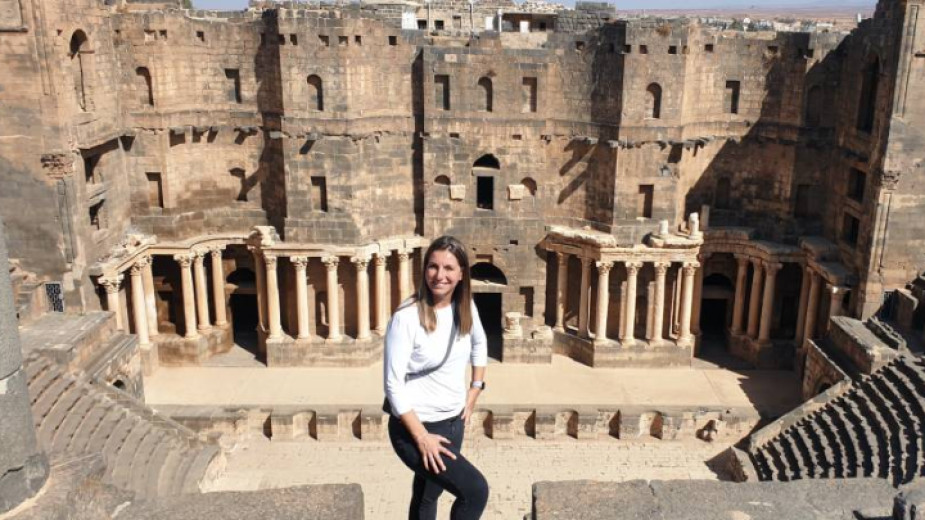 5
5
She is an engineer who lives in the city of Kozloduy and likes traveling. But when she told her husband she planned to visit Syria, he refused to accompany her or let their daughter go on such a trip. However, this did not stop her from realizing her old dream. Albena Roshkova spent a month and a half to collect information, to contact a local travel agency and overcome bureaucratic obstacles. She meticulously prepared every little detail of the trip and in October she arrived in Syria for the first time. She was welcomed by Bashar - a representative of the travel agency, who accompanied her during her 10-day adventure through Syria. Currently, the country is gradually opening up to the world and restoring its tourism.
"The first thing that impressed me was that they were rebuilding their roads after the war. The roads are in very good condition, especially the highways. People welcomed us extremely warmly. They were very happy to see tourists, they recognized us from afar. Everyone stopped us for a chat. Some of the elderly peple had visited Bulgaria and were telling me that they have seen Sofia, Plovdiv, or Burgas... They were happy to see Bulgarians on their land. At the moment, everything is being done to rebuild the country after the war and the earthquake. Despite the high rate of inflation and the economic crisis, I saw people have hope. In the city of Homs, a boy told me in perfect English: ‘I don't want to leave my country, but I'm going to study abroad to get good education and come back to help rebuild it.’ People there are praying that the war does not spread in the region. They want this conflict to end, because they have lived through a war and do not want it to happen again," Albena says.
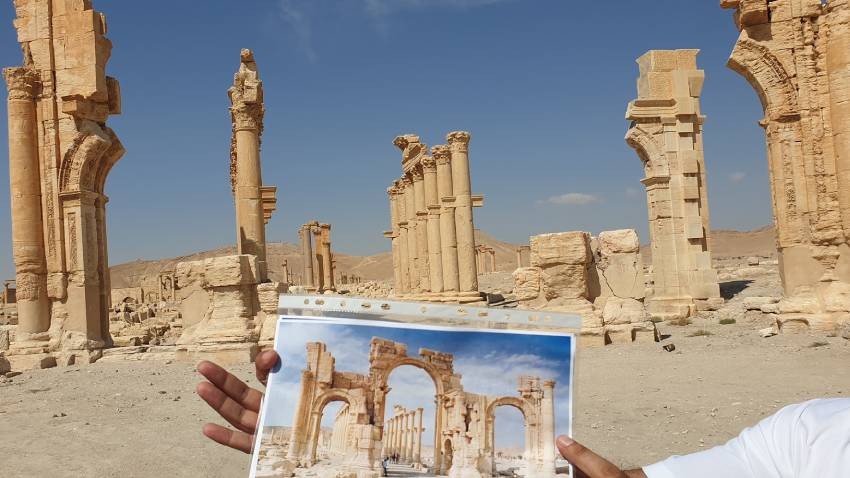
During her journey, the Bulgarian woman saw parts of the true face of Syria. "We saw what has remained of the Monumental Arch and the Temple of Bel. Palmyra is a huge ancient city and there is a lot to see there, such as the Roman theater, which has remained intact," Albena says.
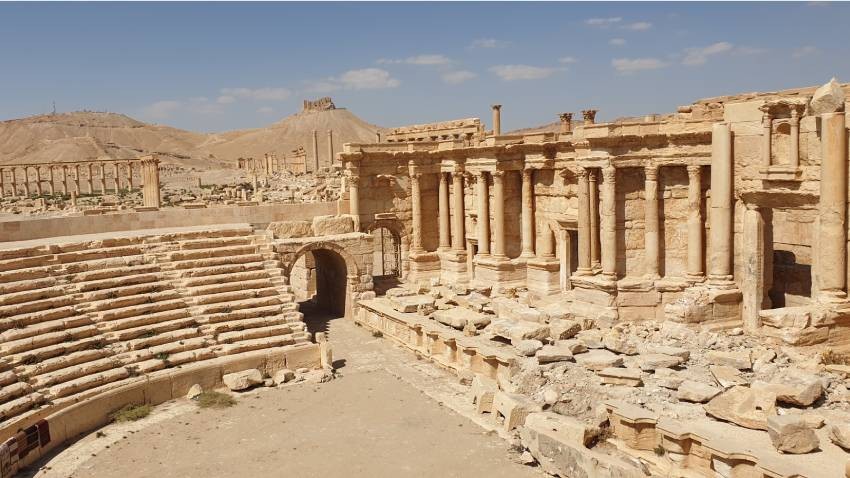
She visited the ancient city of Ugarit and walked among the remains of the Citadel of Aleppo damaged by the earthquake.

Albena says that a meeting in the Convent of Saint Thecla in Maaloula, a town with a large Christian community, deeply touched her heart.
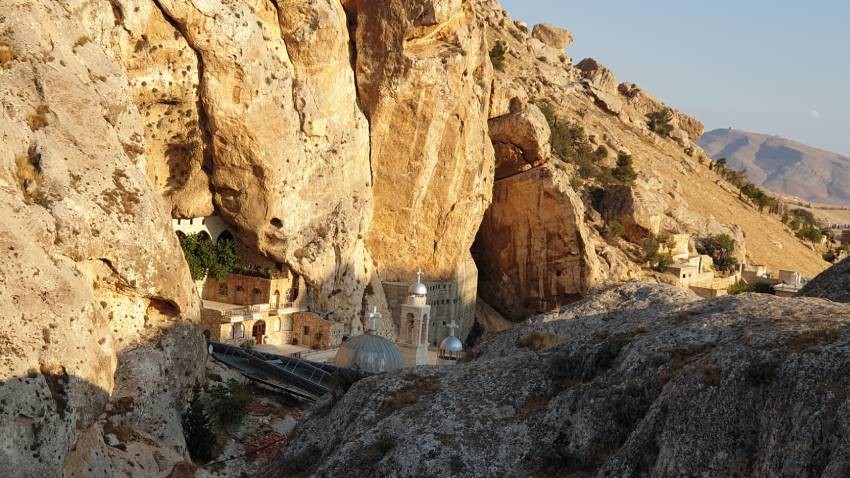
"It was outside working hours and I really wanted to buy icons for my loved ones from this church. But the woman who holds the key to the shop is elderly and doesn't like to be disturbed. So, Bashar asked one of the nuns to assist us. This woman took us to her room, took out her personal icon, the only one she has, which is from 1736, and offered it to me as a gift because she couldn't do anything else for me. This touched me greatly. I immediately started crying and I didn't accept the icon, of course, but I promised that I would come back with my family. These are people who are ready to do anything for you," Albena Roshkova says.
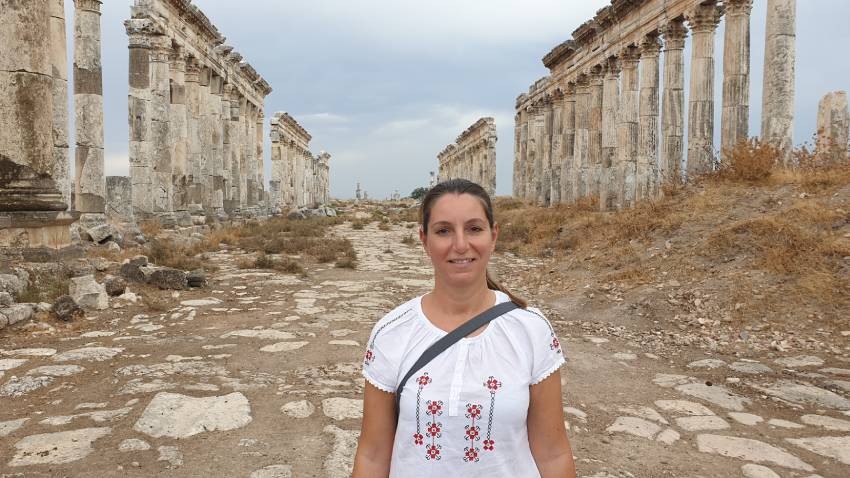
See also:
English: Alexander Markov
Photos: Albena Roshkova
Her heart was moved by the plight of little souls who had been wronged by fate, and this motivated her to undertake a journey to the other side of the globe. Dr. Elena Shtarbanova, a specialist in anesthesiology at the "Sveta Ekaterina" Hospital in Sofia,..
At first, when he first arrived in Bulgaria, Alexander Acosta Osorio felt isolated and a little confused because of the language barrier and the cultural clash. "At that time, there wasn't such a large foreign community here, and I was probably the..
Dr Maya Padeshka is one of a number of university lecturers beyond Bulgaria's borders who have dedicated their lives to spreading Bulgarian culture and language. Six years ago she won a competition organised by the Ministry of Education and Science, which..

+359 2 9336 661
